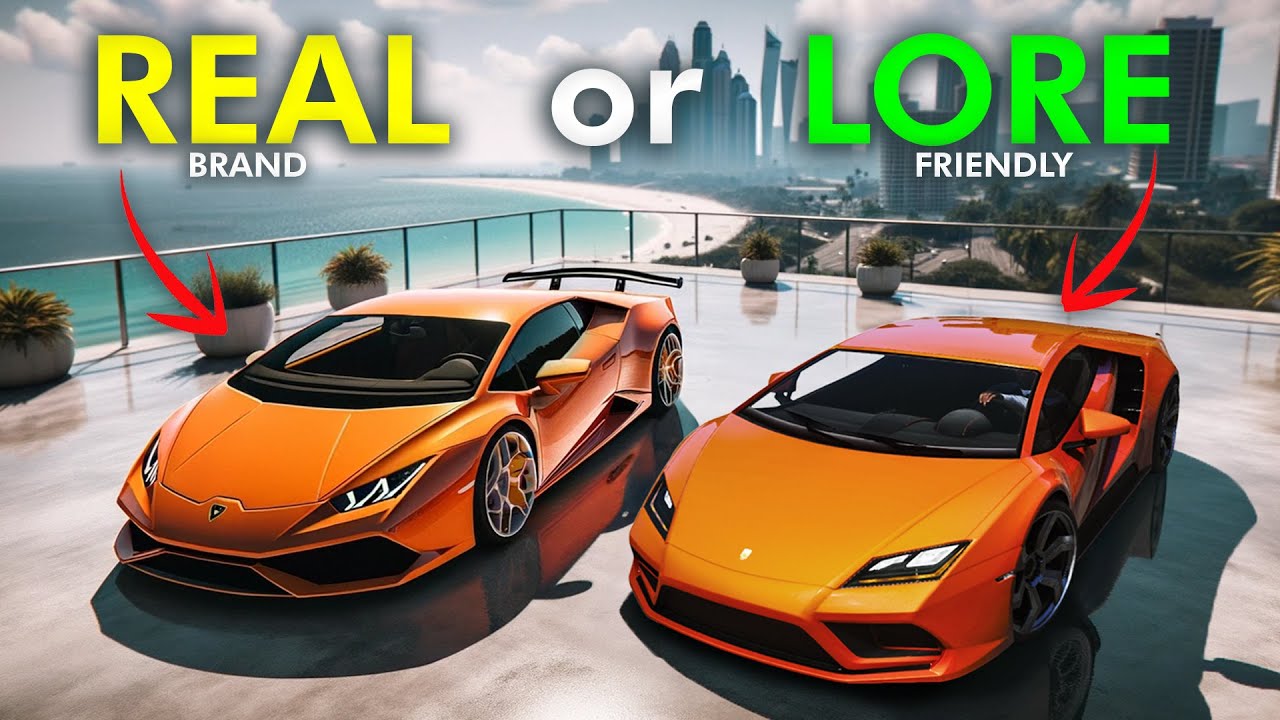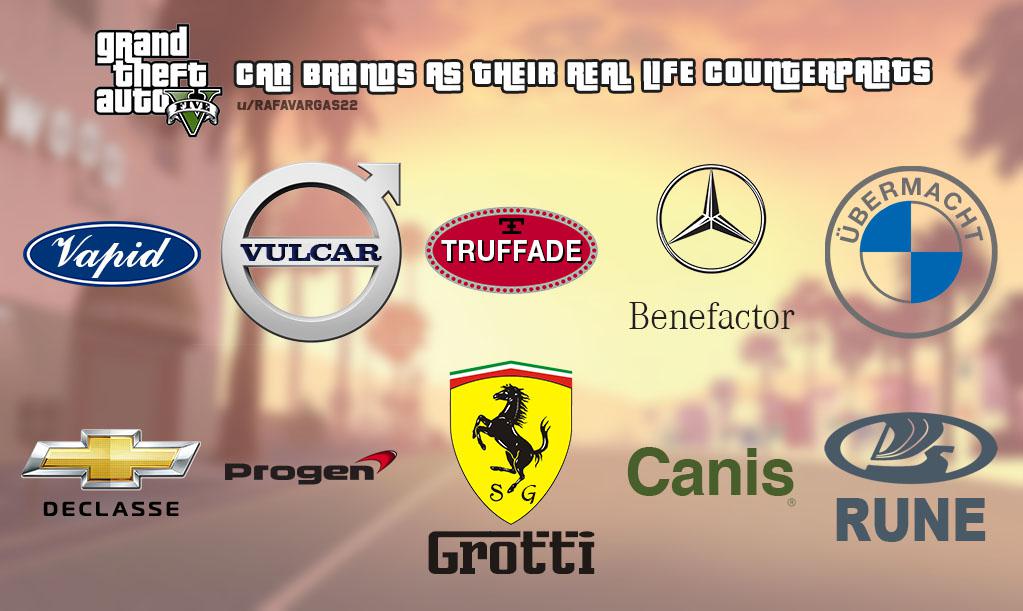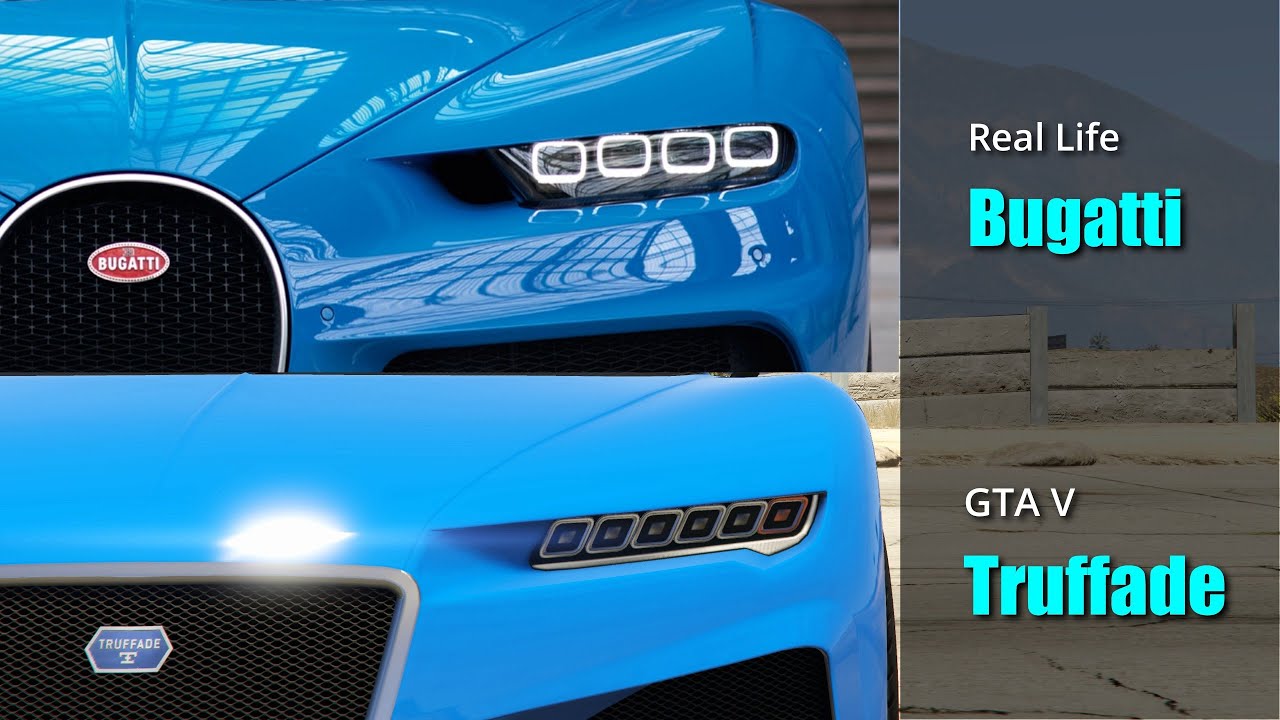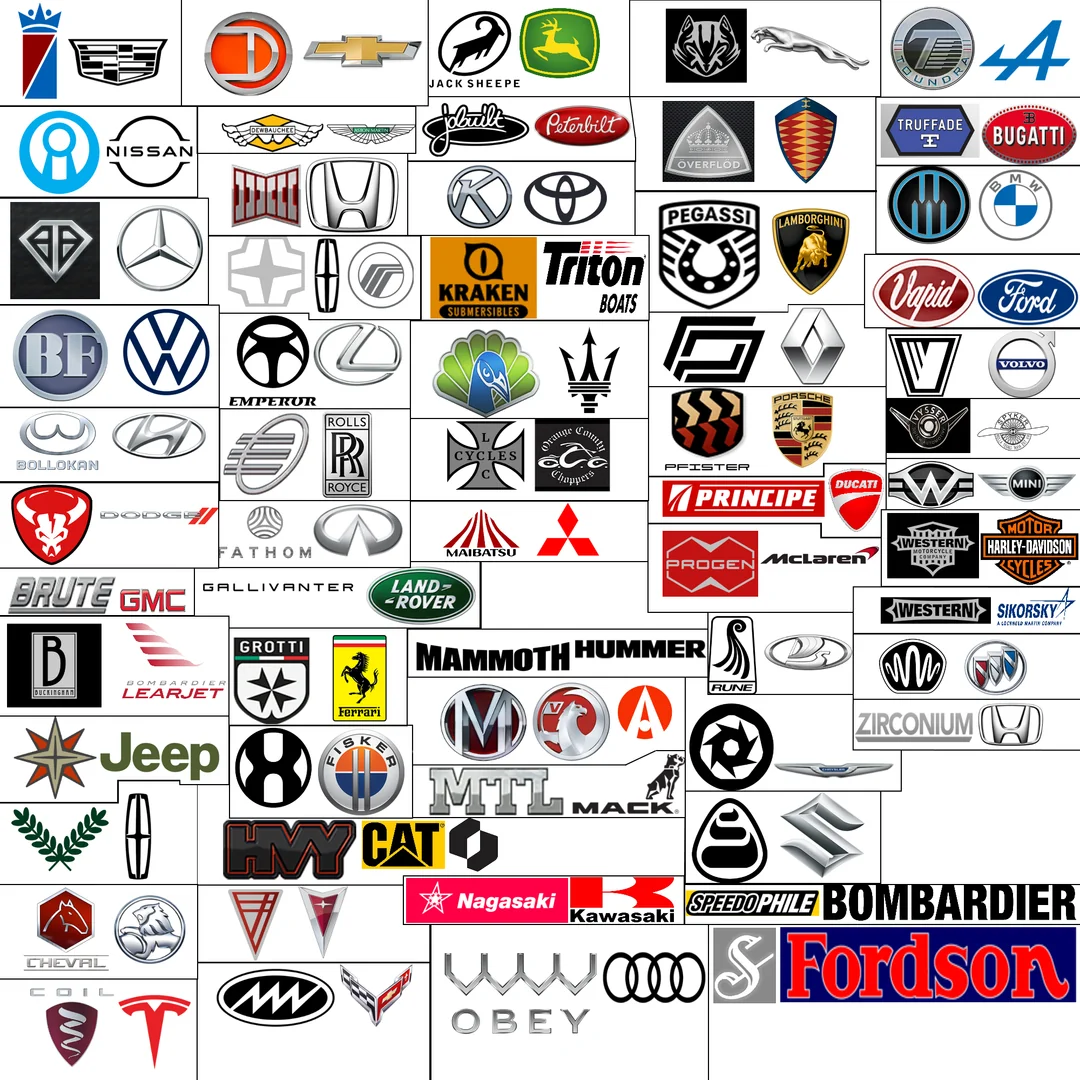
The Grand Theft Auto (GTA) series is renowned for its satirical take on contemporary culture, and a key aspect of this is the use of fictional car brands. As fans eagerly anticipate GTA 6, speculation about its content is rampant, including whether it will feature real car brands. While some might hope for the inclusion of actual automotive manufacturers, there are compelling reasons why Rockstar Games is likely to continue using fictional car brands in the game.
1. Creative Freedom

Rockstar Games has always prioritized creative freedom, using fictional brands to parody and satirize real-life entities. By creating their own car brands, they are not constrained by licensing agreements or the need to accurately represent a company’s image. This allows the developers to design vehicles that not only reflect the game’s unique aesthetic but also serve as humorous commentary on automotive culture.
2. Avoiding Legal and Licensing Issues

Including real car brands would require complex and expensive licensing agreements with multiple automakers. These agreements would likely come with restrictions on how the cars are depicted, which could conflict with the game’s often controversial content. Car manufacturers are typically protective of their brand image and may not want their vehicles associated with the criminal activities and chaotic environment that GTA is known for.
3. Maintaining Brand Consistency

The GTA universe has its own established in-game brands, which have become iconic in their own right. For example, “Pegassi” and “Benefactor” are parodies of Lamborghini and Mercedes-Benz, respectively. These fictional brands allow Rockstar to maintain a consistent world that players recognize and associate with the series. Introducing real car brands might disrupt this established fictional ecosystem and could feel out of place.
4. Artistic License with Vehicle Design

By using fictional brands, Rockstar has the freedom to design cars that blend features from various real-world vehicles, creating something entirely new that still feels familiar. This allows them to produce vehicles that are exaggerated or stylized to fit the game’s tone, rather than being bound by the exact specifications of real-world counterparts.
5. Satirical and Parodic Elements

GTA is well-known for its satirical edge, often using parody to comment on societal issues. Fictional brands offer Rockstar a platform to critique not just the automotive industry, but broader cultural trends without legal repercussions. This satirical approach is a core aspect of the series’ identity and would be challenging to achieve with real-world brands, which might not appreciate being depicted in a less-than-flattering light.
6. Immersive Worldbuilding

Fictional brands contribute to the immersive worldbuilding of GTA. The game’s universe is a hyperbolic reflection of reality, and part of what makes it so engaging is its consistency. Everything from the cars to the in-game advertisements and radio stations is part of this satirical universe. Real brands might break this immersion by inserting elements of the real world into a setting that thrives on its exaggerated and fictional nature.
In conclusion, while the inclusion of real car brands in GTA 6 might seem appealing to some, it is unlikely that Rockstar Games will move away from the fictional brands that have become a hallmark of the series. The benefits of creative freedom, avoidance of legal issues, and the maintenance of a cohesive, satirical game world far outweigh the potential advantages of featuring real-world cars.
More on the topic on Youtuber’s CYBER BOI newest video edition below:






